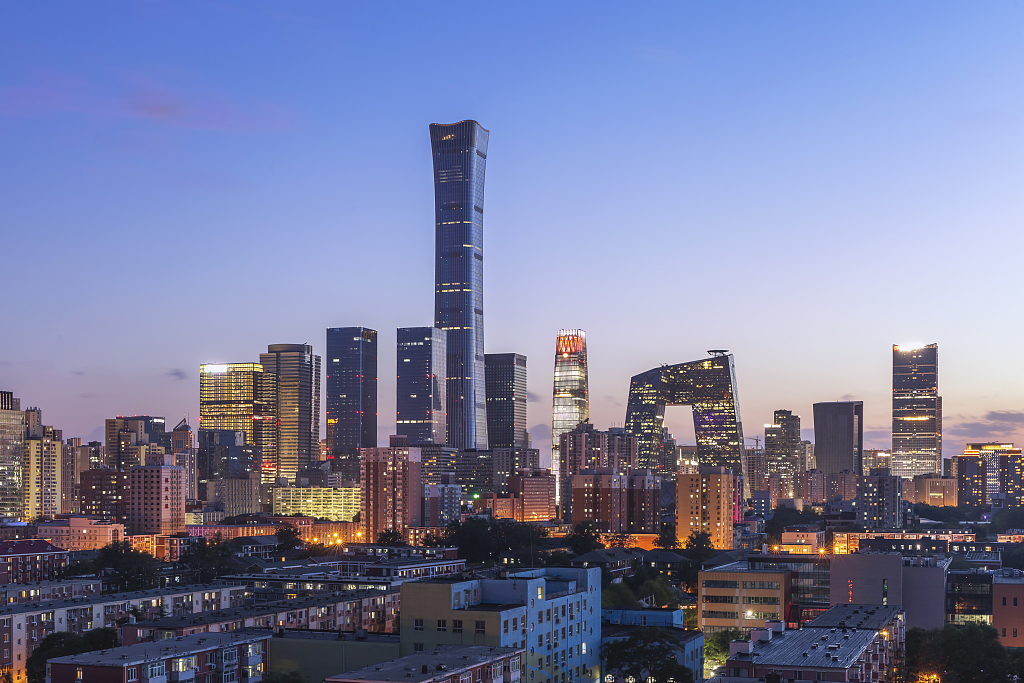At an economic forum last week in Shanghai, a senior Chinese government adviser named Liu Yuanchun, who is also the president of the Shanghai University of Finance and Economics, made some stark remarks about the state of the Chinese economy.

Liu said that the effects of the COVID-19 pandemic were far worse than expected and that the fiscal standing of local governments is deteriorating quicker than thought. Seismic, structural shifts are happening rapidly, and more non-economic risks are emerging than economic ones. All of this has created imbalances that Beijing is struggling to navigate. According to Liu, China’s development in the recent past and immediate future will be marked by such disequilibrium, and striking a new balance will take time.
He went on to say these challenges from within – and the economic competition from powers without – are more daunting than the ones of a decade ago, when China was able to achieve double-digit economic growth. Growth now is much more uneven, of course, and even President Xi Jinping seems to have admitted as much when he called moderate growth the “new normal.” Evidence to that effect can be seen in China’s overcapacity issues, with the producer price index declining in March by 2.8 percent year on year, while languishing in the negative range for the 17th straight month. Supply-demand disequilibrium is apparent, too, with the first quarter’s utilization rate at just 73.6 percent, down some 7 percentage points. In short, capacity is sitting idle.
Liu also warned that the consumer price index, which grew in March by 0.1 percent year on year after expanding by 0.7 percent in February, is too off-kilter to achieve Beijing’s targeted supply-demand balance of 2-3 percent.
Perhaps most importantly, Liu said that these and other economic imbalances are here to stay. The downturn in the property market is particularly noteworthy. Property-sector investments fell in the first quarter of 2024 by 9.5 percent year over year, with total sales dropping by 27.6 percent. In other words, the days of the property sector being a “super pillar” of the Chinese economy are gone. (The sector used to account for nearly 11 percent of gross domestic product but stood at nearly 6 percent as of 2023.) Beijing is looking to other sectors such as high-tech manufacturing and electric vehicles to fill the void, but so far they have yet to do so.
What makes the statements made by Liu – who is an adviser to Xi, meaning his speech was likely approved by the president himself – so important is that they indicate Beijing is finally coming to terms with the obvious. The long-held conventional wisdom was that China’s would be an unending surge, but even in the heyday of growth, its economy was limited and unbalanced. But economic risks are expanding amid geopolitical uncertainties, the root of which, for China, was a decision a few years ago to threaten the United States with potential future military action. The threat was an unrealized bluff, but its most important outcome was to convince the U.S. that it was real.
Under those circumstances, the U.S. government adopted a hostile economic posture toward China, and private corporations in the United States saw an increased risk in operating there. Rather than increase economic activity to placate the U.S., Beijing sought the opposite outcome, curbing its access to U.S. investment. That created another imbalance, this one based on the assumption that Chinese exports to the U.S. and U.S. investment in China would not dip low enough to seriously threaten the economy.
Economists like Liu focus on the economics of a given event, but the real question is political. How private industry will respond is important; more important is how the public will respond. In China, economic fumbling can create desperate citizens and launch the country into uncharted territory. The government is working hard to contain unrest, and it seems to have now adopted a strategy of honesty – a rarity for any government. Even so, its admission is less a matter of altruism than it is a matter of strategy.
By George Friedman









